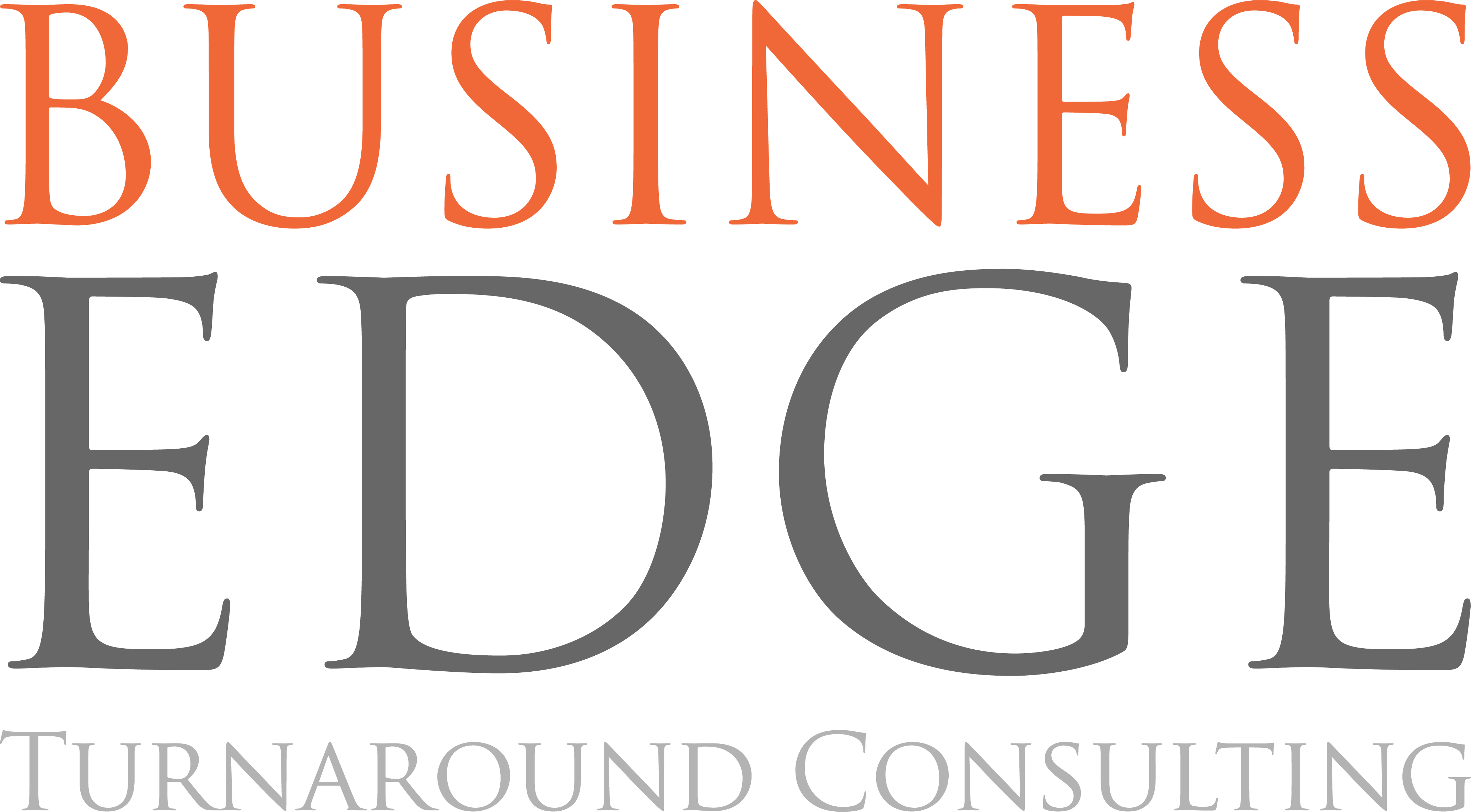We’ve never experienced an economic shutdown like
this.
During the recovery, “business as usual” will change
as well. Parts of the country,
industries, and supply chains will likely get back to work in starts and sputters.
Take control to organize and execute flexible recovery plans
for your business.
One observer said, “What we don’t know or haven’t
thought about is of much greater importance than what we do know.”
Recovery from the crisis will unfold in a variety of
scenarios – some faster, some slower.
For your company, one plan will not suffice.
We encourage you to think in terms of “scenarios”
and time frames. Plan for worst-case(s),
best case(s), and most likely case(s).
Think in terms of the first three months, the next six months, and beyond. Review and update plans frequently.
Reflect
on your leadership and management style as you work with your team –
- Are you communicating effectively?
- Are you willing to assess continuously and
to adapt and address changing conditions?
- Are you confronting issues factually and
re-planning as additional information is known?
- Are you actively soliciting feedback and opinions?
- Are you engaged and visible?
- Are you patient and empathetic?
Below is a framework for organizing your team’s thinking –
First, think strategically. Consider your high impact or directional
issues. For example, what happens if you
cannot obtain covenant waivers, or a key customer goes out of business, or a
critical supplier delays reopening its business, or we experience a second wave
of the virus?
Then, for each scenario, outline risks and early warning signals that could derail your company’s recovery. Assign actions and accountability?
| Your scenarios | First 3 months
Action/Who | Next 6 months
Action/Who |
Best case(s)
1.
2.
3. | | |
Worst case(s)
1.
2.
3. | | |
Most Likely case(s)
1.
2.
3. | | |
Following are questions
that might create additional scenarios for your team to consider –
- What might be your industry’s expected pace of recovery?
- Your cash flow –
- Contact your legal advisor to evaluate the legislative backstops available to your company.
- Forecast and monitor weekly cash flows for each of the next 13 weeks. Update it weekly, adding another week to the forecast.
- Are your financing resources reliable? How often will you communicate?
- Does your insurance protect you against pandemic business interruptions?
- Your employees –
- Create your employee health safety plan. Communicate and ask for feedback.
- What will be your employee’s sickness policy, both for them and for those needing to care for their family members?
- How will FMLA and Military service impact key people and their roles?
- What will be your options if employees currently test negative, later test positive?
- Who will assume responsibilities when team members become ill?
- What if you must shut down a second or third time?
- Your technology infrastructure –
- How will you actively maintain your cybersecurity platforms for remote workers?
- What is your contingency plan for additional third-party support?
- Your customers –
- How could your inability to meet your customers’ requirements impact their businesses?
- How will you communicate unexpected service issues? Who and how often?
- Will customers have cash flows to pay for your services, timely?
- Your
suppliers –
- How
could a disconnect in your supply chain impact your customer service?
- Will
your suppliers support flexible credit terms?
- How
will they communicate their service issues? Who and how often?
- What
is your back-up plan for any single-source supplier problems?
Shape
the above questions to your company’s situation. There are others.
Monitoring
and coordinating dynamic business risks and contingencies is
difficult. Expect frequent changes and
disruptions in the near term.
Encourage
everyone to think strategically – best case, worst case, and most likely
outcomes. Meet as often as necessary to
communicate changes and update information.
Be
proactive and take responsibility for resurrecting your business. Expect problems. Anticipate false starts and alternatives. Show empathy.
Be engaged. Communicate early and
often.
Terry Myers, Principal of Business Edge, is an experienced
Management Consultant. He partners with
Tom Schnurr to guide companies to bridge the gap to revitalize and optimize stakeholder
value. Contact Terry at tmyers@bizedgeusa.com, or Tom at tschnurr@bizedgeusa.com.




